Aston Martin Could Have Had a Better Year

Aston Martin was not under the illusion that 2019 would be a stellar year. After issuing a recent profit warning, the British automaker fired off another this week after realizing it ended up being a worse year than initially feared. Aston’s stock has lost 3 billion pounds in market value since the company’s initial public offering in 2018.
While retail sales were technically up last year, climbing 12 percent, total wholesales fell by 7 percent. According to the manufacturer, gains were made thanks to the redesigned Vantage (introduced in 2018). Unfortunately, that also caused some headaches. Despite being a six-figure car, at Aston Martin the model is technically an entry level, and its high take rate actually resulted in a lower average selling price across Aston’s business for Q4. Combine that with an overall increase in leased vehicles upping financing costs and you’re beginning to see part of the problem.
“From a trading perspective, 2019 has been a very disappointing year,” Chief Executive Officer Andy Palmer told Reuters in an interview.
Another issue, according to Aston, is weak demand in European markets — specifically the United Kingdom. While the Vantage could have performed better by selling in larger numbers with higher price tags, that would have required more cooperation from those markets. The carmaker was hit by a rising pound following the UK’s general election, which it said further impacted profitability.
From Reuters:
For 2019, Aston expects adjusted earnings before interest, tax, depreciation and amortization (EBITDA) of 130-140 million pounds ($171-$184 million).
The company reported 247.3 million pounds in core profit a year earlier, while analysts’ average forecast was 196 million pounds for 2019, according to a company-compiled consensus.
Aston said it was also in talks with investors for a potential equity investment and would draw down $100 million in bond notes.
The debt, which holds a 15-percent interest, was attached to the first bond raise ($150 million in September ) and was conditional on the firm booking 1,400 orders for its DBX sport utility vehicle. Fortunately, the SUV has already surpassed that number and is being viewed as the brand’s prospective savior. But developing the model and prepping it for production has also cost Aston Martin a small fortune.
The model uses a twin-turbocharged 4.0-liter V8 (retuned for the DBX) producing 542 horsepower and 516 pound-feet of torque. That get up and go is channeled through a nine-speed automatic to the SUV’s all-wheel-drive system — which includes an active central differential and an electric limited-slip diff at the rear. Considering how well luxury performance SUVs have performed with other super-premium manufacturers, its $193,000 starting price could be a big help for the brand.
Bentley praised the Bentayga SUV for returning it to profitability last year and Rolls-Royce said the Cullinan SUV drove its global sales to an all-time high of 5,152 vehicles. Considering there are nearly 2,000 pre-orders already on the DBX, Aston Martin may have something to celebrate when it launches in 2021. It just has to get through 2020 first.
[Images: Sibuet Benjamin/Shutterstock; Aston Martin]

A staunch consumer advocate tracking industry trends and regulation. Before joining TTAC, Matt spent a decade working for marketing and research firms based in NYC. Clients included several of the world’s largest automakers, global tire brands, and aftermarket part suppliers. Dissatisfied with the corporate world and resentful of having to wear suits everyday, he pivoted to writing about cars. Since then, that man has become an ardent supporter of the right-to-repair movement, been interviewed on the auto industry by national radio broadcasts, driven more rental cars than anyone ever should, participated in amateur rallying events, and received the requisite minimum training as sanctioned by the SCCA. Handy with a wrench, Matt grew up surrounded by Detroit auto workers and managed to get a pizza delivery job before he was legally eligible. He later found himself driving box trucks through Manhattan, guaranteeing future sympathy for actual truckers. He continues to conduct research pertaining to the automotive sector as an independent contractor and has since moved back to his native Michigan, closer to where the cars are born. A contrarian, Matt claims to prefer understeer — stating that front and all-wheel drive vehicles cater best to his driving style.
More by Matt Posky
Latest Car Reviews
Read moreLatest Product Reviews
Read moreRecent Comments
- Ravenuer I see lots of Nissans where I live, Long Island, NY. Mostly suvs.
- ClipTheApex The latest iteration of the CRV is very handsome. Both CUVs have their mechanical and suspension challenges but in looking at interior & exterior design, I believe the CRV is much more tasteful. RAV4 seems a bit overwrought with way too many creases and bulges-- delivering a cohesive look. Just my opinion.
- Jbltg The more time passes, the more BMW's resemble Honda. zzzz
- VoGhost Doubling down on the sector that is shrinking (ICE). Typical Nissan.
- Dwford I don't think price is the real issue. Plenty of people buy $40-50k gas vehicles every year. It's the functionality. People are worried about range and the ability to easily and quickly recharge. Also, if you want to buy an EV these days, you are mostly limited to midsize 5 passenger crossovers. How about some body style variety??
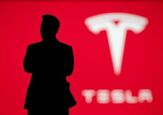





















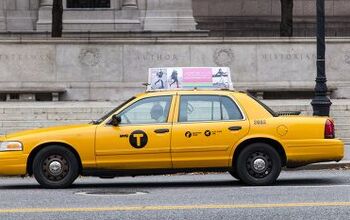
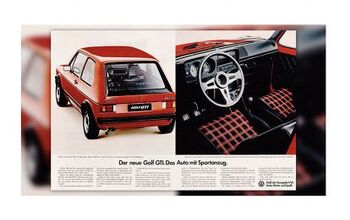





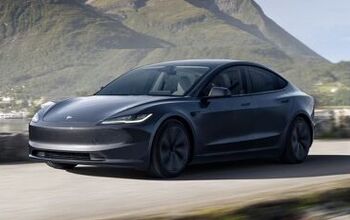
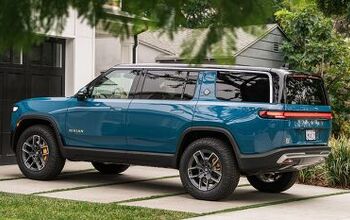





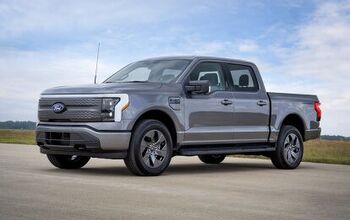
Comments
Join the conversation
Looks in CEO's chair... "Well here's your problem."
Followed a beautiful DB9 today in Toowoomba. Unfortunately the LHS tail lights were not operating at all.